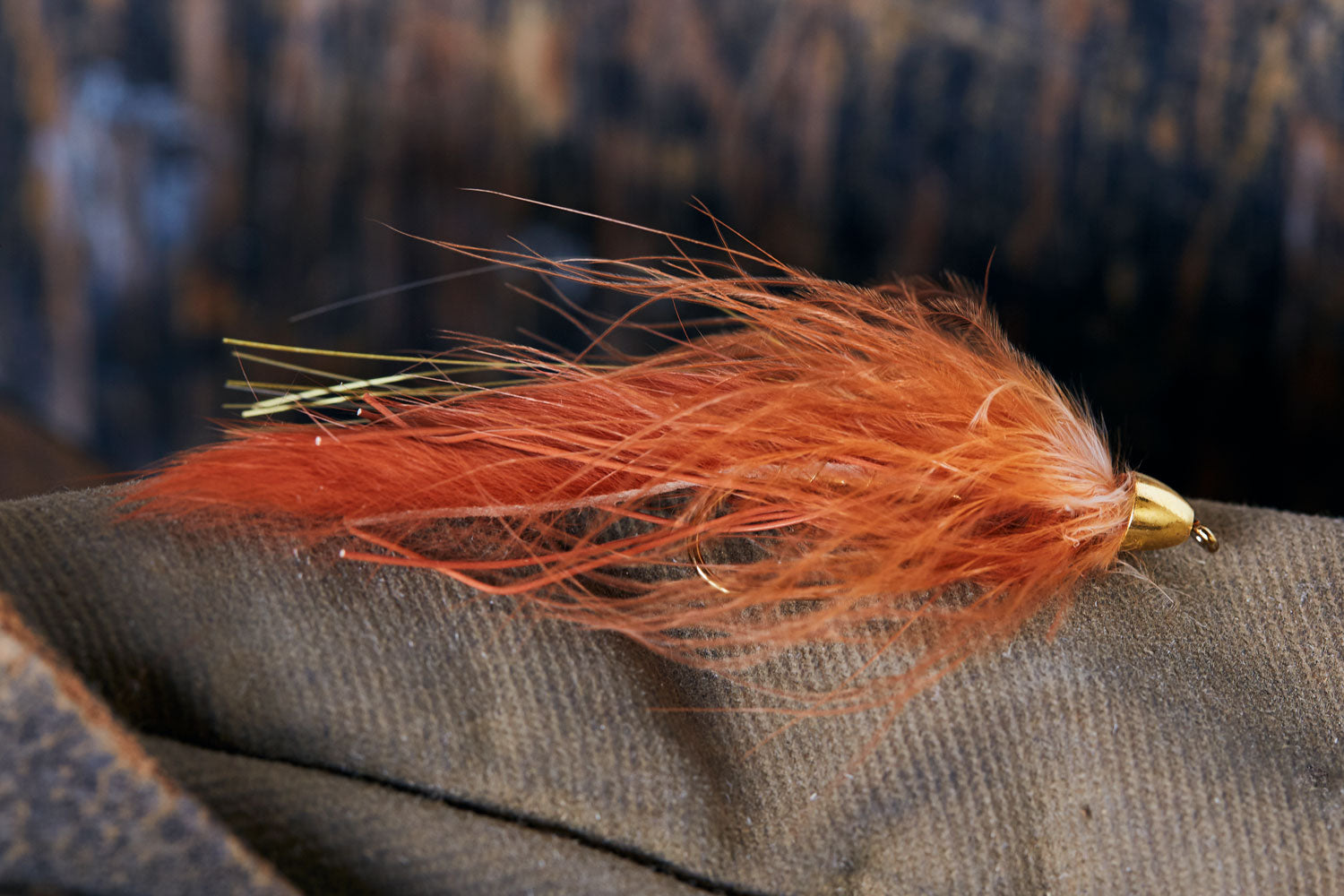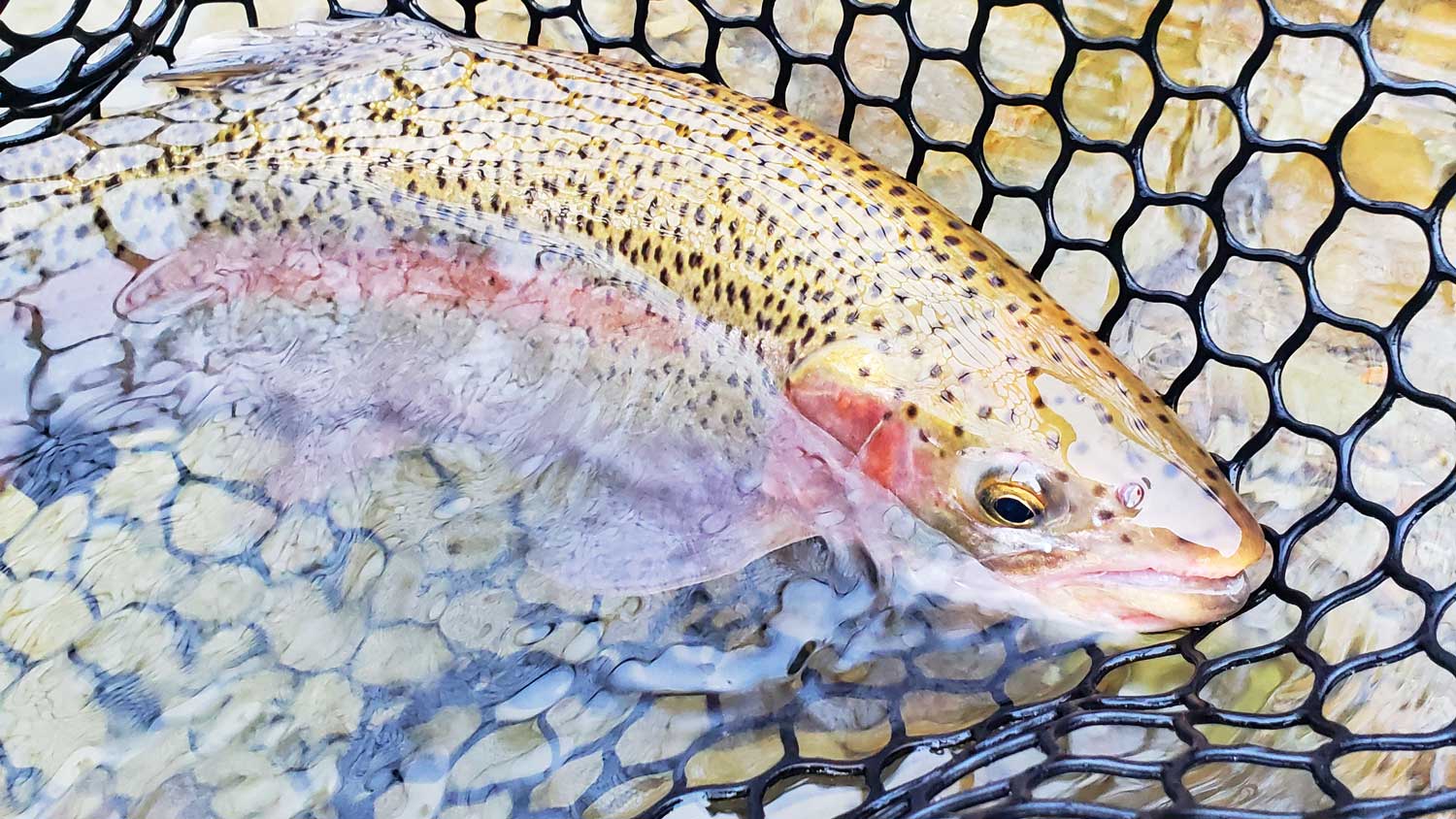
Fly fishing is one of the most gratifying and exciting hobbies out there. Not only is it a great way to spend your time, but it also helps you develop essential skills like patience, awareness, and ability. A lot of people live under the assumption that fly fishing is the domain of the elites and is far more expensive than all other types of fishing, but is this the case?
The simple answer to this is that fly fishing is only as expensive as you make it. As with most hobbies, whether or not fly fishing is costly is going to depend heavily on the kind of equipment that you buy and how much you're willing to invest in it. Sure, you could easily end up spending hundreds upon hundreds on everything from a fly fishing rod to reels to the flies themselves. However, that doesn't need to be the case, and there are plenty of things that you can do to bring the cost of getting started fly fishing down.
To help you get started without breaking the bank, this article will go through the kinds of things that you need when fly fishing and how you can go about bringing the cost of it all down where possible.

What gear do you need?
No matter what, if you want to start fly fishing, then you're going to need some specific gear, and that's going to cost you money. Of course, how much it costs you is going to depend entirely on your needs, your preferences, and how much you're willing to spend on your gear.
A Fly Rod
It's fair to say that the rod is perhaps the most fundamental piece of gear that you will need when you start fly fishing. There are a lot of things that you need to consider when choosing your fishing rod. The most significant of these is what size rod you want.
The size of your rod will generally depend on where you plan on fishing. If you're going to be fishing in small rivers, streams, or brooks, then a 7 - 8.5-foot rod between a number 2 and number 5 weight is likely to be ideal. If you're fishing in large rivers, then a 9 - 10-foot rod between a number 4 and number 6 weight is going to be far better suited.
It's also worth considering if there are specific fish that you're looking to catch, which will also impact the length and weight of your rod.
Your rod will likely be the most expensive part of your entire fishing setup. That's fine. Think of your rod as the foundation of your entire set up, and you want to be sure that you get that right. A good quality rod is essential to getting the most out of your fly fishing experience. Plenty of great rods will cost you between $50 - $100, but there are some which will run you a fair amount more.
A Fly Rod Reel
There is no reason why a high-quality fly fishing reel should be overly expensive. An average price of up to $50 is something you should be aiming for.
Choosing the right reel means knowing your rod. You need a reel that is matched to your rod in terms of weight. A 5 weight rod needs a 5 weight reels.
You should also make sure that you get a reel with a lightweight, durable spool and frame. Not only that, but you should ensure that any reel you buy has a smooth drag system. A smooth drag system is essential for catching larger fish. If your drag catches, then you can wave goodbye to your catch.
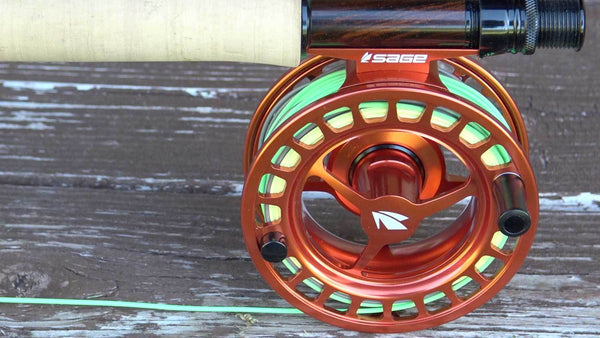
Backing
This is the point where the complexity of fly fishing starts to show when compared to regular fishing. The various lines involved can also be one of the more expensive aspects of fly fishing if you're not careful.
The backing is the first thing to go on the reel and essentially serves as a safety net if you find yourself fighting against a particularly large or strong fish.
Most of the time, you will have more than enough mainline, somewhere in the region of around 90ft, to deal with pretty much any average-sized fish like a trout. However, if you manage to hook something far more serious, then you'll be grateful for the extra $10 or so that you spent on 100 yards of backing.

Fly line
The fly line is the casting portion of the line, and it's always a good idea to make sure that you're getting the highest possible quality here. A decent quality fly line isn't likely to cost less than around $40, but that money is well worth it. It's always a good idea to do as much research as possible when looking for a fly line. The best thing to look for is a fly line with low memory. This might well seem pretty expensive, but a quality fly line will last for season after season, and it's always a good idea to focus on that.
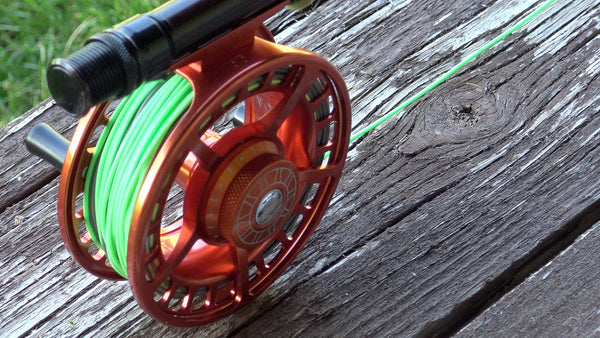
Leader and tippet
The leader and tippet are the last pieces of line on the reel. If you're looking for leaders that are the easiest for casting, then you will want ones that are around 9 feet long and are tapered. Generally speaking, a 3x to 5x tapered leader is excellent combined with 2 to 4 feet of 5x or 6x tippet. Together, this shouldn't cost you more than around $10 and will last you a decently long time.
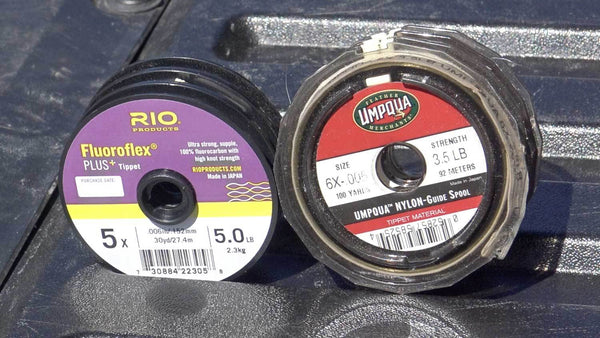
A Box of Flies
There is so much variety to choose from when looking at fly fishing flies that it can be easy to feel overwhelmed. Collecting flies can become its own hobby, but you don't need to collect hundreds of them. Plenty of fish can be caught in a variety of conditions with the same fly. Often, it's better to stick with fewer flies.
As a general rule, something like 12-15 flies with 5 or 6 different types works just fine. It's also a good idea to have duplicates of any flies that work particularly well in case any of them end up getting lost. 2 or 3 of each different type of fly will likely set you back about $25, and it's a good idea to get a box for storing them as well.
If you are looking for a full system that will get you catching fish the first time you hit the water, check out our fly fishing kits here.

Waders and Boots
It probably won't come as much of a surprise that fly fishing is going to involve a lot of standing in and walking through streams and rivers. This water can be seriously cold, and if you want to avoid your feet going completely numb, then the best thing you can do is to equip a decent pair of lightweight waders and some felt-soled boots.
These aren't necessarily an essential item for fly fishing, but if you want to make your fly fishing experience as positive as possible, they're something that you're really going to want. A set of waders and boots could run you around $150, but they make all the difference in the world in terms of comfort.
One thing to remember is that there are plenty of fly fishing starter kits out there that not only provide you with everything that you need, but that can often give you the chance to get started without completely breaking the bank while still providing you with high-quality equipment.

What is Unique about Fly Fishing?
The first, not to mention the most obvious question that a lot of people ask is what exactly it is that sets fly fishing apart from other kinds of fishing. The truth is that there are plenty of ways that fly fishing and different types like spin fishing are very similar, but it's often in the little details that the differences start to show themselves.
It often takes place on moving water
Fly fishing is typically conducted on moving water. This is often because many fish like trout fish are found in moving water in areas where there is a current change. Spin fishing is significantly more difficult in running water, which means that being able to catch these kinds of fish often relies on fly fishing.

This is not to say that fly fishing never takes place in still waters like lakes and ponds. Still, the truth is that fly fishing is generally not the best approach when you're trying to fish deep because the process of casting and retrieving all the fly line, recasting, waiting for it to sink, and then repeating the whole process isn't something many people have the patience for.
I personally love fishing still waters as I find it more of a challenge and when you have a greater chance at catching trophy-sized trout in larger bodies of water.

It takes a much greater understanding
This is something that is simultaneously one of the most gratifying things about fly fishing while also making it somewhat intimidating to a lot of people. The reality of fly fishing is that it often takes a lot more knowledge and understanding of what you're doing than other forms of fishing. Sure, you can head to a lake with a worm on a string, but it's not going to achieve the same results as the work that goes into fly fishing.
Not only that but learning to cast in fly fishing is something that takes a lot more practice to get right when compared to regular fishing. This means that you may not be casting out the way you want to right away, but it does mean that you're likely to find a far more profound sense of satisfaction once you do nail that perfect cast.
It allows you to personalize your experience
For many people, fly fishing can be an extremely personal experience that they hold very dear to their hearts. One of the biggest reasons for that is just how much you're able to personalize the experience of fly fishing to fit your own needs and desires.
Finding the right flies for the right fish and locations is something that people spend a great deal of time on and can often become as important as the act of fishing itself. This is especially true if you make your own flies.
Making your own flies gives you the space to test out new patterns and materials that help to get more fish biting in your specific region or to attract a particular type of fish.

Say, for example, that you're angling for a fish that feeds on something with a specific pattern or coloring. By tying your own fly fishing flies, you're going to be able to try and mimic those patterns and colors to attract that specific fish.
Not only that, but the size and weight of the fly are all things that you can vary based on your own experience of what works or not. Whether you're looking for a fly with a specific feel to it or a fly that makes hardly a splash when it hits the water, you're able to make things entirely specific to your needs.

The truth is that fly fishing is always going to be a pastime that requires you to spend at least a certain amount of money. However, for a lot of people, it's an incredibly satisfying and enjoyable hobby that makes much of the expenses involved feel more like an investment.
One of the best pieces of advice to remember is that you shouldn't expect more expensive equipment to lead to better results automatically. When you're still working on your cast, and you're still getting a feel for the entire process, there's no need to spend huge amounts of money on the highest-quality equipment. Often, the best thing that you can do is to build up your gear over time alongside your developing skills.
Of course, you also want to make sure that you're not spending so little that the gear that you do use is just causing problems and making fly fishing a far less enjoyable experience than it would otherwise be.

About the Author
Matthew Bernhardt, a third-generation Coloradan, grew up at the forefront of the state’s fly-fishing revolution, enjoying time on the water side by side with experienced guides and lifelong anglers.
By combining his passion for fly-fishing with input from other experienced fly-fishers and guides and his fine arts degree from Colorado State University, Matthew spent five years carefully developing the Drifthook Fly Fishing System, built to help every angler catch more trout.
When he’s not spending time with his wonderful family, you’ll find him out on the water catching MONSTER trout, and he anxiously looks forward to the day when his kids are old enough to join him there.


